
Huawei has already a couple of 5G devices under their belt such as the Huawei Mate Xs and MatePad Pro 5G. With Globe already rolling out their 5G network, Huawei has partnered with the telco for postpaid plans for the Huawei Mate 30 Pro 5G.
We already know that the Huawei Mate 30 series have great camera performance. Today, we’re going to focus more on how the Huawei Mate 30 Pro 5G can revolutionize mobile Internet speeds for the people.
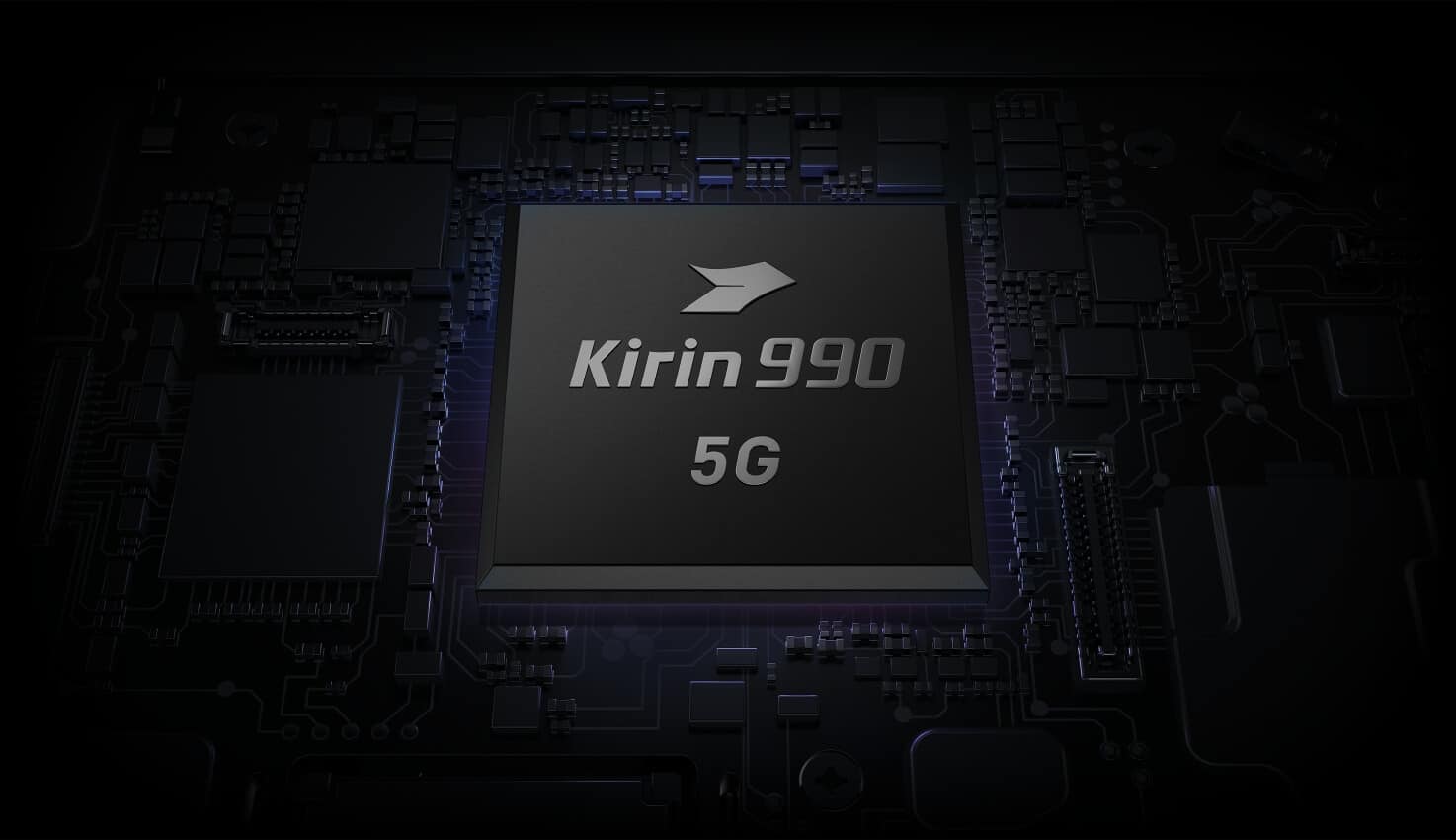
The Huawei Mate 30 Pro 5G gets its power from the Kirin 990 5G. The chipset is based on TSMC’s 7nm+ EUV process that allows it to fit two Cortex-A76 cores at 2.86Ghz, two more A76 cores clocked at 2.3GHz, and four Cortex-A55 cores running at 1.95Ghz.
The Kirin 990 5G shares most of its specifications with the vanilla Kirin 990. Their most noticeable difference is the former’s inclusion of the Balong 5000 modem.
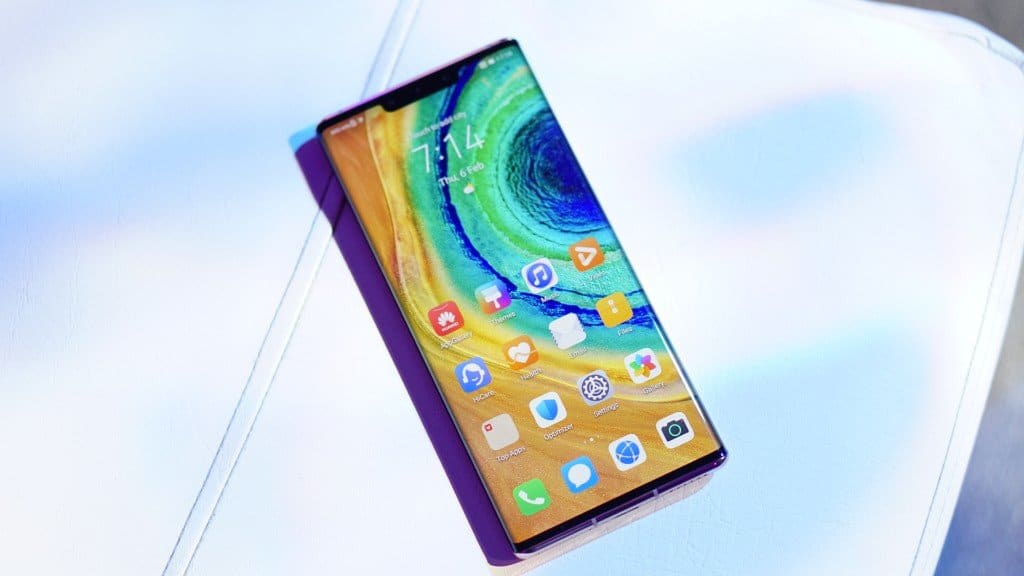
The Balong 5000 is one of Huawei’s most powerful modem that not only supports 4G and other legacy networks, but 5G as well. Huawei is boasting that the Balong 5000 can achieve 4.6Gpbs downlink and 2.5Gbps uplink via sub-6Ghz frequencies.
All these technical details, however, are for nothing if there’s no real world application. Fortunately, we were able to use the Huawei Mate Pro 5G with a 5G-enabled SIM courtesy of Globe to see what kind of speeds we are able to achieve with the smartphone.
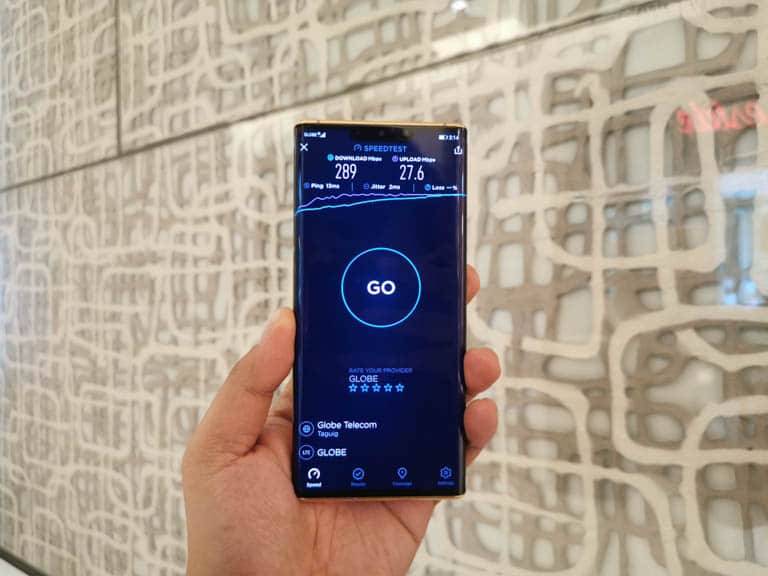
Both major telcos are aggressively rolling out 5G connections to their customers in the Philippines. In order to test the Huawei Mate 30 Pro 5G, we prowled around Bonifacio Global City in Taguig which is one of the 5G-enabled cities in the metro.
Running Speedtest on the Huawei Mate 30 Pro 5G with an enabled SIM allows us to reach a whopping download speed of 289Mbps and upload speeds of 27.6Mbps.
A download speed of 289Mbps is a massive improvement over the usual 50Mbps limit that we can muster with 4G around the metro. It’s also way faster than most home Fiber connections that usually peak at only 100Mbps.
Ping has also seen a massive reduction from 4G. Usually, we get around 26ms ping with 4G with Speedtest. With the Huawei Mate 30 Pro 5G, however, the brand is able to push the boundaries offering 13ms ping over a wireless network.

There’s a lot you can do with vastly superior Internet speeds. With streaming becoming the norm with all people, better speeds will allow you to stream seamlessly without lag and with better quality. This is even more apparent if you watch with a 4K TV.
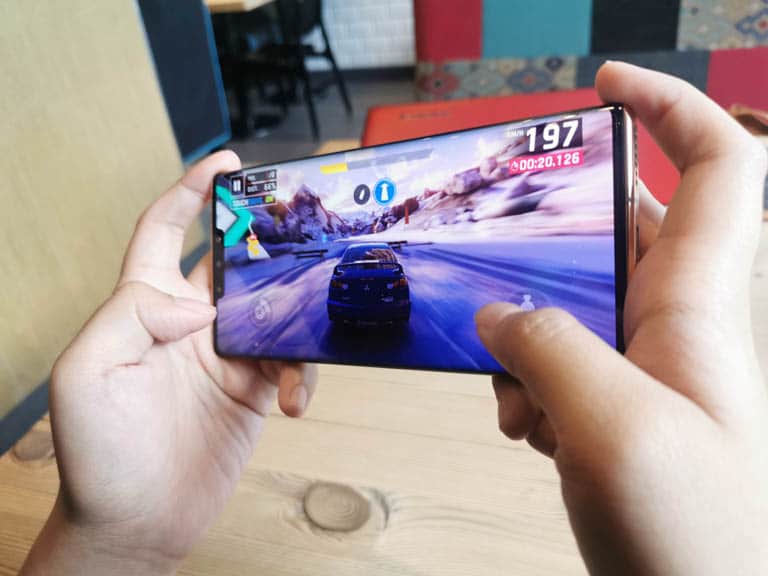
We also expect gaming to be a bit more responsive with 5G. Though we were not able to play any matches online, the reduced ping is still a massive advantage over 4G. Reduced latency will allow you to have very little down time in-between actions in games, which may help you to win more matches.
Faster speeds will also allow you to have more time for yourself. Without the need to wait for videos to buffer as well as emails and websites to load, you’re going to have more free time to spend with your family or find what you are passionate about.
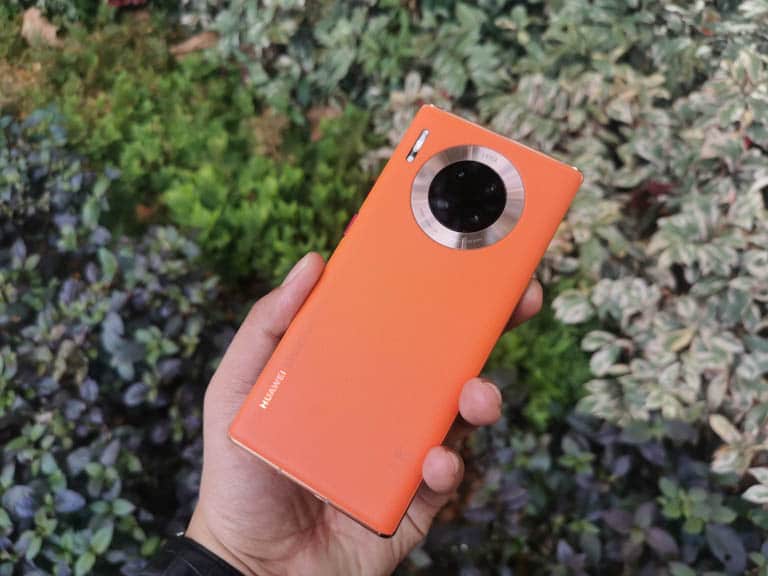
There’s no doubt that 5G is the definitive next step in mobile Internet. There are, however, still a few problems. At this time, 5G is still limited to a few central business districts with Bonifacio Global City in Taguig being one of them. While this area holds a lot of the work force in Manila, it is still a small area of coverage compared to the whole nation. Globe is promising that they will be activating more 5G sites around the metro.
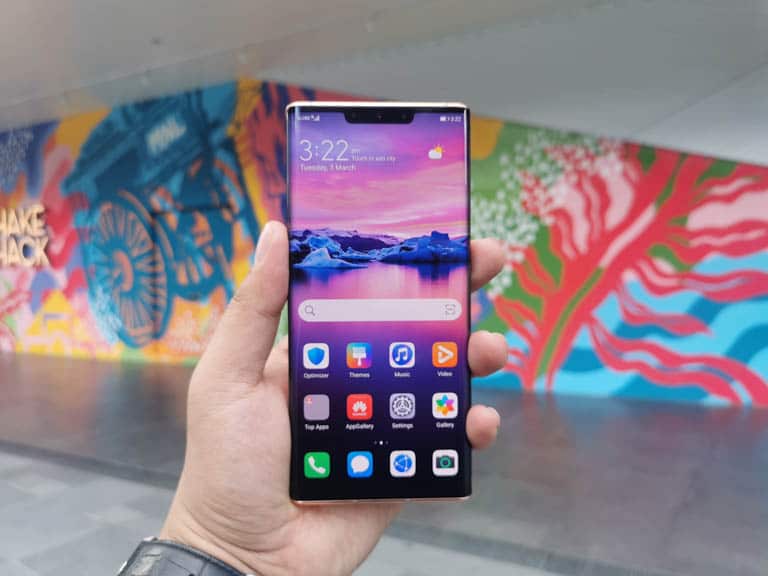
Faster speeds will also eat your mobile data allocation quite quickly. Hopefully, Globe and other telcos will raise their data allocation in order for speeds that 5G offers to have a viable and economic usage outside a controlled environment.
With Huawei backing the 5G movement quite significantly, we expect that the Huawei Mate 30 Pro 5G and its other 5G-enabled devices in the future is able to gain traction in order for more people to experience the life-changing speeds that 5G can provide.
